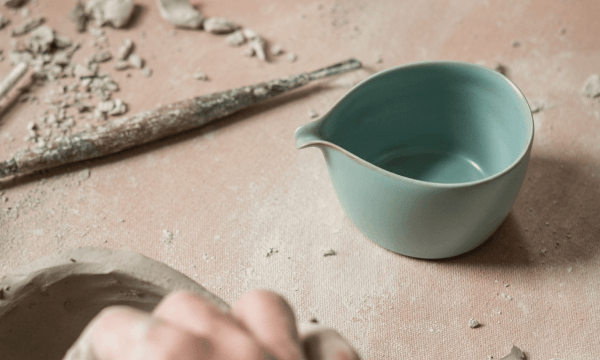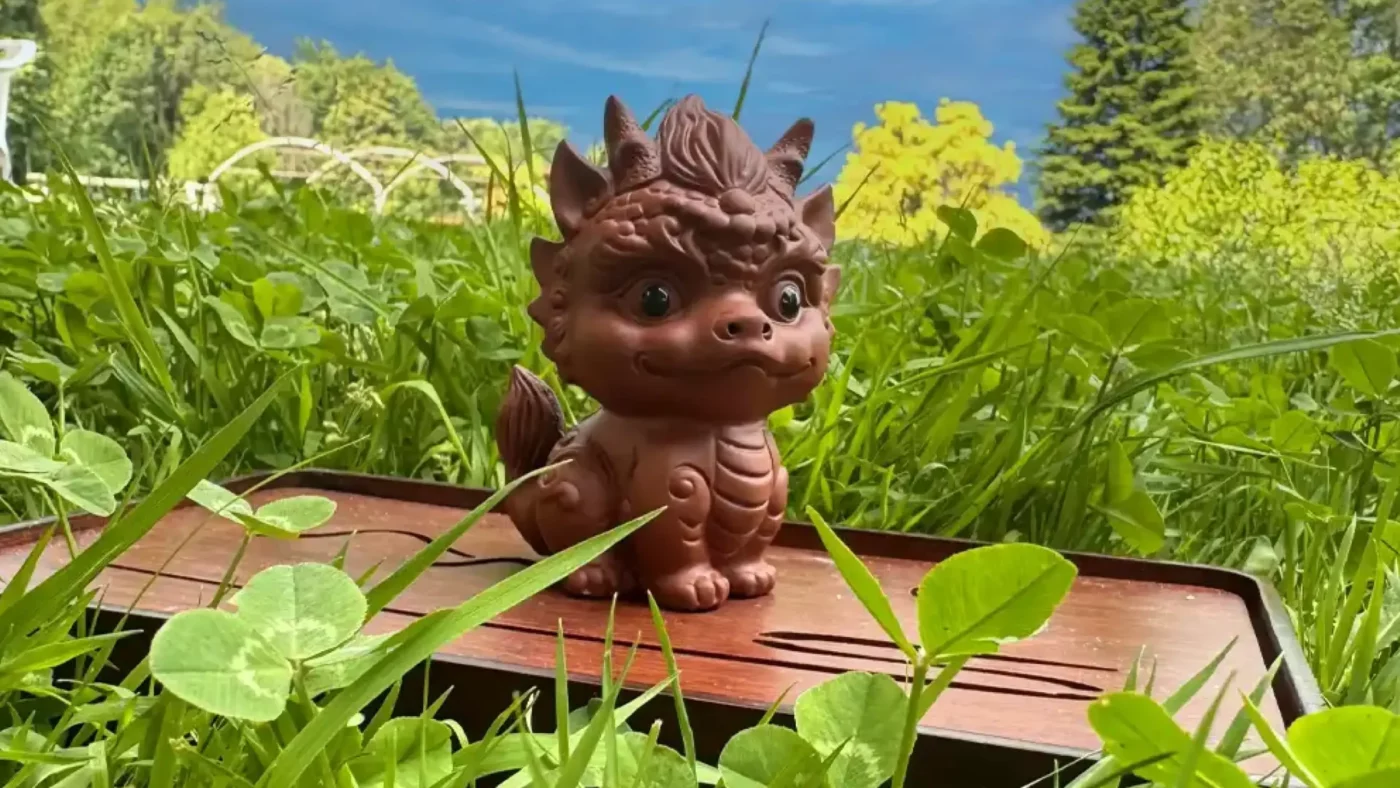tea and its surroundings, GONG FU CHA, Tea Legend, Chiacchiere con tè
Tea pets – the tea pets
Guide to small infusion companions: what they are and what they symbolize
Have you ever heard of tea pets? For those who practice tea infusion on a daily basis, there are basic tools that cannot be missing on the bamboo tray: and among gaiwan, teapots, cups and gong dao bei, you happen to see a funny clay figurine pop up sometimes. There are all kinds of them: in different colors, in various materials, in the shape of animals, monk-children, demons and mythological creatures… What is it all about?
The term “tea pet” (茶 宠) literally means “tea pet”: no, we are not inviting your dog or cat to have a cup of oolong together with you . Tea pets are mini-sculptures just a few centimeters tall, attending on the tray waiting for you to pour a few drops of tea on them. Just an aesthetic accessory? I bet once we tell you about them, you will never see them in the same light again…. Here is their story.
The origin of tea pets
To find out when and where tea pets originated, we have to go back several centuries to the period of the Yuan Dynasty (1279 – 1368): we are, of course, in China, and more specifically in the Yixing area of Jiangsu, famous for the eponymous teapots fashioned from local clay. When a craftsman had finished producing a tea set, there were often scraps of clay left over that, instead of being thrown away, were molded into the shape of small animals and included in the set as good luck charms.
In later centuries, as the style of infusion and consequently the tea utensils evolved, tea pets became a fundamental and traditional part of the gong fu cha set: placing one’s tea pet on the tray along with the rest of the utensils, the owner bathes it with freshly infused tea as a silent offering in exchange for a bit of good fortune.
It is also a common belief that the tea pet is soulless to begin with: only by bathing and feeding the tea pet with tea does one infuse the small clay animal with positive energy and character, enlivening it and creating a unique connection with its owner. There are families who pass down their tea pet from generation to generation, caring for it in order to attract good fortune and well-being to their home and its inhabitants.
Most tea pets found on the market are made of clay, the material par excellence with which the most precious teapots and cups are created in China: clay is a highly porous material, capable of absorbing liquids and therefore able to change its color over time. Thus the tea pet, “shower after shower,” darkens and matures a kind of patina that changes its original hue.
The custom of sharing one’s tea session with a tea pet has over time become widespread in the West as well, so much so that today there are real collectors and that the materials from which tea pets are made are varied: not only clay, but also ceramics or special resins that react to heat, changing color upon contact with tea. The tea pet can also be considered a meditation-promoting object, on which to focus one’s attention during a gong fu cha session, with the body already pleasantly relaxed by tea.
Taking care of your tea pet is almost a small ceremony within the ceremony: often you even give it a name, making it come alive. Sometimes a tea pet is given as a gift, sometimes it is chosen: but behind every tea pet there is a meaning worth discovering, before proceeding to purchase or even just to learn more about a lucky charm that has been given to us.
Tea pets and their meanings
How to choose one’s tea pet? Some people do it based on their aesthetic taste or liking for a particular subject, while others choose based on the symbol that tea pet represents. There are really all kinds of them, depicting the 12 signs of the Chinese zodiac, or mythological figures or anthropomorphic religious figures, such as the many cute variants of the laughing Buddha. Below are just a few of the most popular tea pets, but the list is potentially endless:
What about you? Which tea pet would you like as your tea companion and good luck charm?
Take a look at the ones available in our shop!






